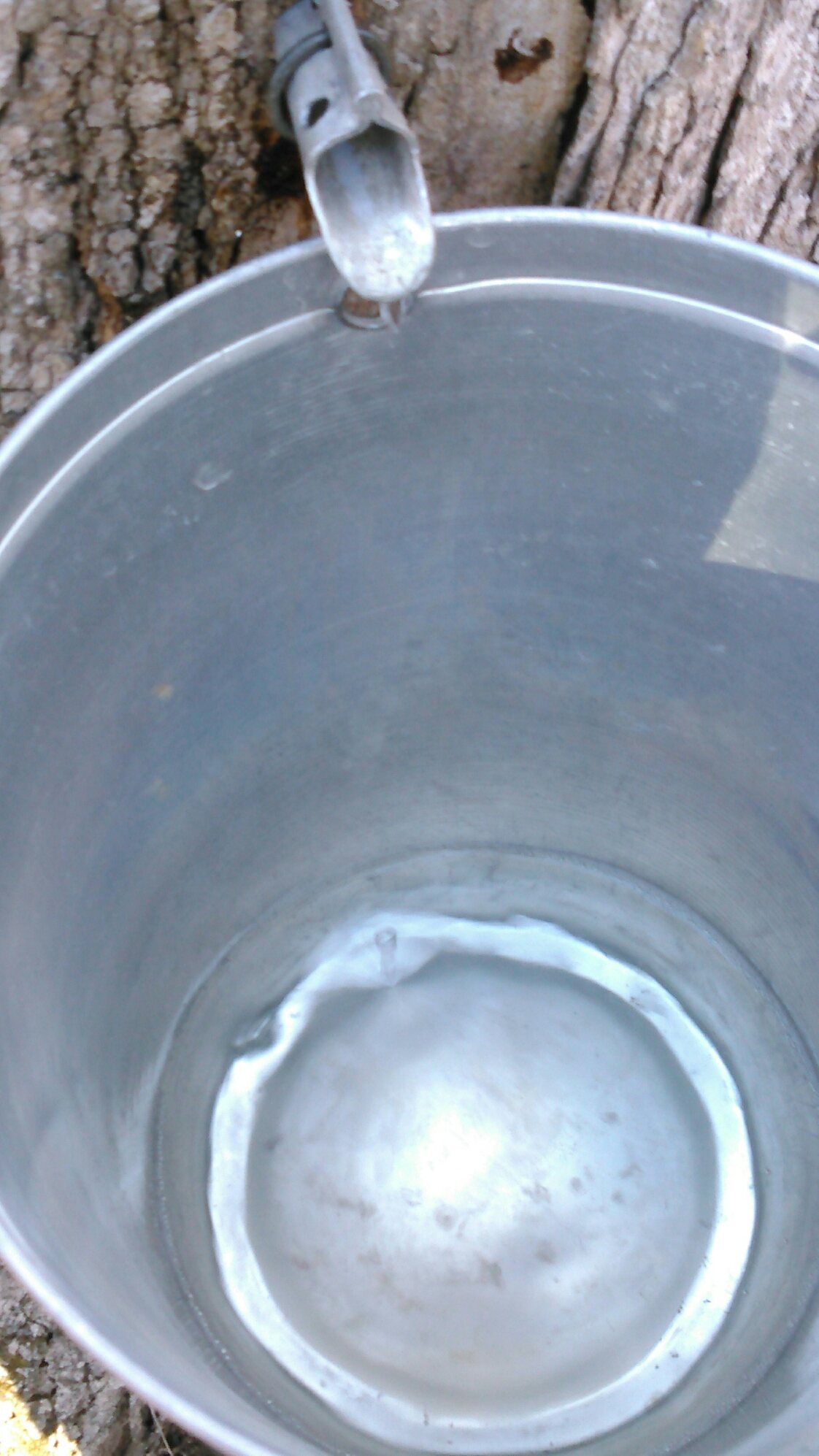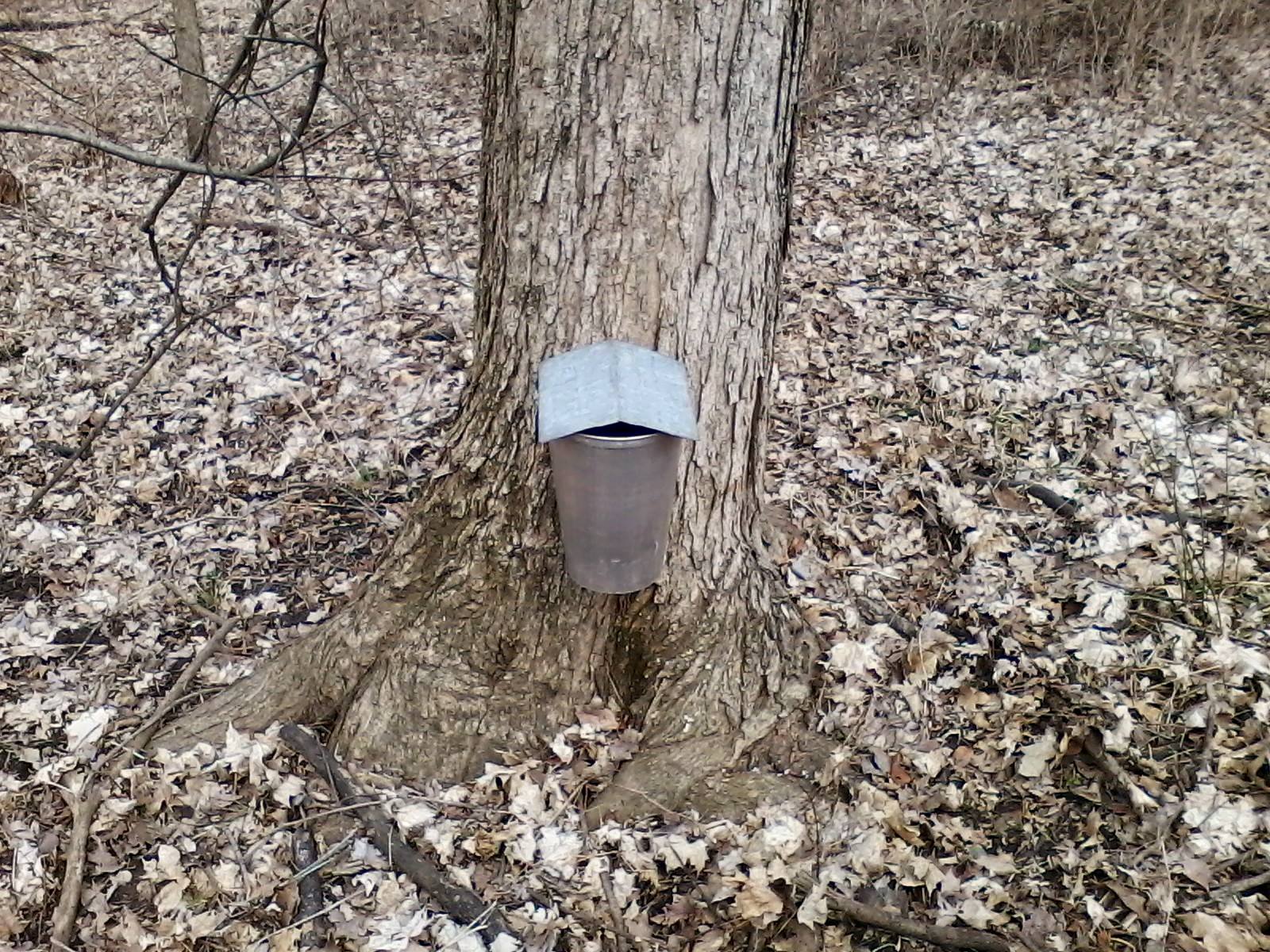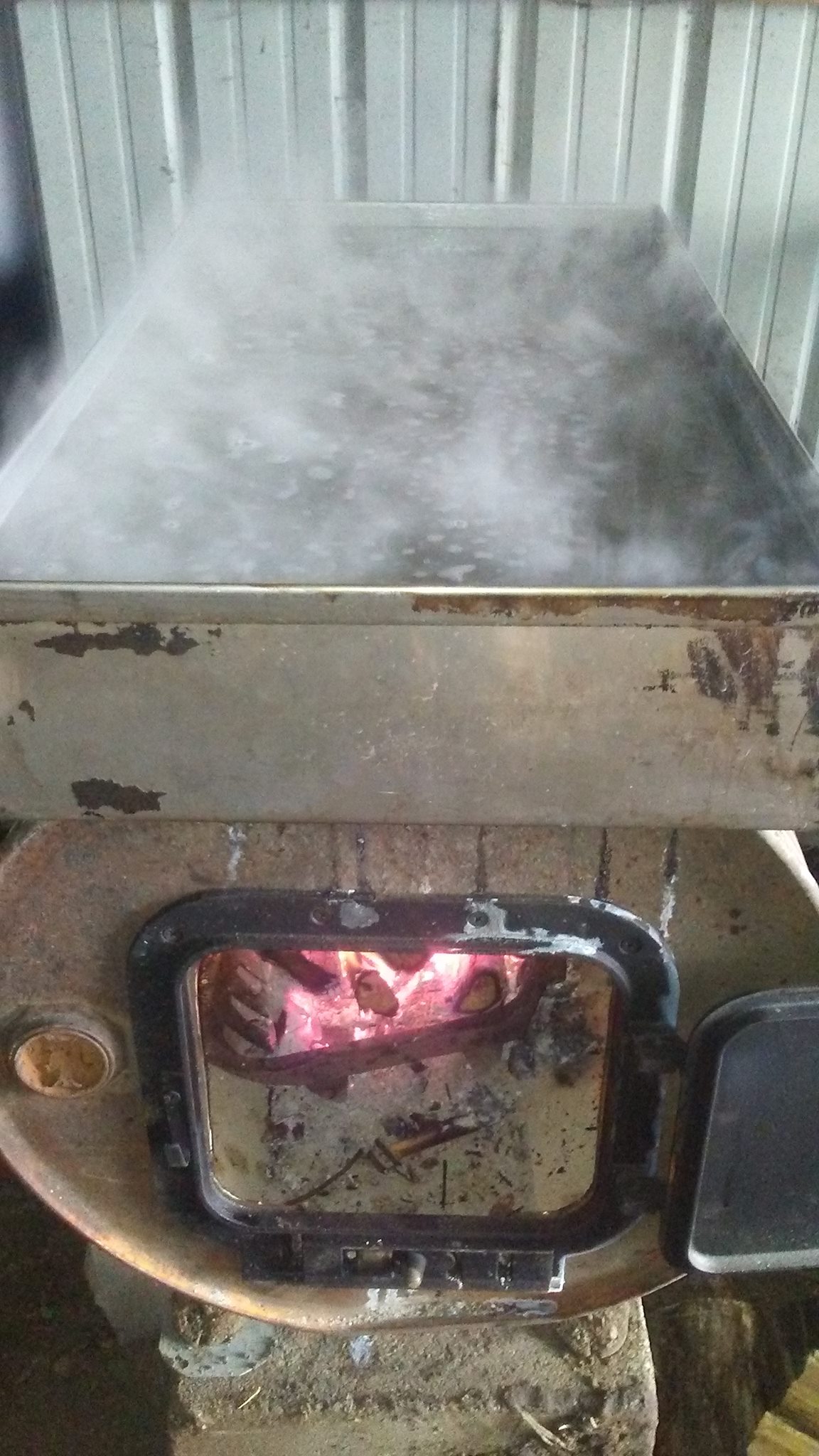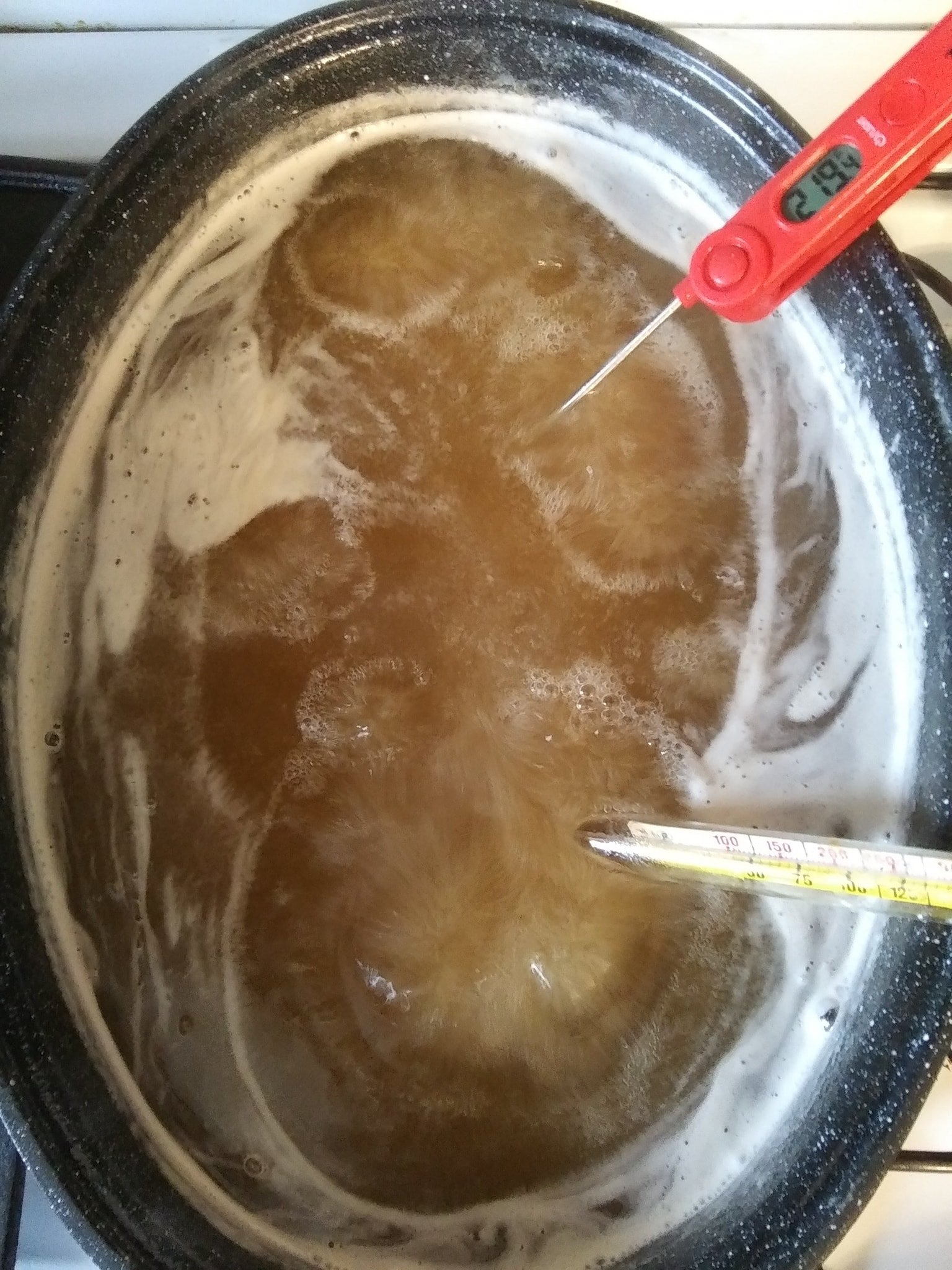How sticky sweet Maple Syrup is made
Birds are chirping. Geese are honking as they fly north. Baby animals arrive.
All of these things mean spring is nearing... Thank goodness!!
Our first sign of spring is when the trees are ready to tap.
We always run out of maple syrup. It’s not something you can make whenever you want. It can only happen in the early spring.
Like when there’s still snow on the ground but you’re really tired of there being snow on the ground..
Delicious, ooey, gooey, sticky maple syrup. The kind that you lick your plate clean after the stack of pancakes is devoured.
Ever wonder how maple syrup is made?
Let’s take a walk to see how you get this yumminess on your table!
This is not your run-of-the-mill maple-flavored, copycat corn syrup like Aunt Jemima. Although you can find pure maple syrup in the store also, you just don't know how far it's traveled.
So anyway, you find maple trees. You may have a few in your yard. The best ones are Sugar Maples (hence the name).
Drill a small hole angling slightly upward, so that the gravity of the sap will be flowing downward (major science lesson right there in case you missed it.)
Then there are special "taps", called spiles, that are tapped into that hole you just drilled. That's where the term "tapping the trees" comes from.
I know, I know.. "Wow, Captain Obvious! You've taught me absolutely NOTHING so far. Thanks!"
So I'll make it a little more interesting.
It's not as easy as sneaking to your neighbor's yard & hanging a bucket from their Maple tree. The temperatures make the sap flow.
Freezing temps at night, above freezing during the day. Sunshine most definitely helps. The last few days have been great, but it’s almost been too warm!
After the tap is in the tree, if the temps, time of year (sign of the moon is right.. ;) the sap will start dripping immediately.
The sap collecting bucket is hung on the tap whether there is sap flow or not. It will start.
Sap looks and tastes just like water, with a slight sweetness.
It takes 40 gallons of sap to make 1 gallon of syrup. Yes, you read that right, a 40:1 ratio!
That's a lot of boiling.
We are not a big commercial "sapper". So we just use the bucket & woodburner method to make syrup.
Here's what we have built to evaporate the sap. It's a 55-gallon metal drum with the proper openings cut out for the evaporator pan, door, & chimney.
We burn wood from the dead trees that Scott cuts up. The pan is removable for cleaning and pouring out the boiled-down sap.
When it gets closer to becoming syrup, the sap is brought into the house to be boiled the rest of the way down.
It has to reach a temperature of about 219 degrees. If it looks like syrup dripping off a spoon, then it's syrup.
After it magically becomes syrup, it is strained through a very thick wool filter (no synthetic fibers here) into glass mason jars, then sealed.
No need to refrigerate until after you open. But once you taste it there probably won't be anything left in the jar to refrigerate.
The lighter golden-colored syrup has a more mild flavor and is from the early season sap.
The dark syrup has a more robust maple flavor and is from the end of the season when the trees start to bud.
Both are delicious, you just have to pick your preference!
Happy Sapping!











